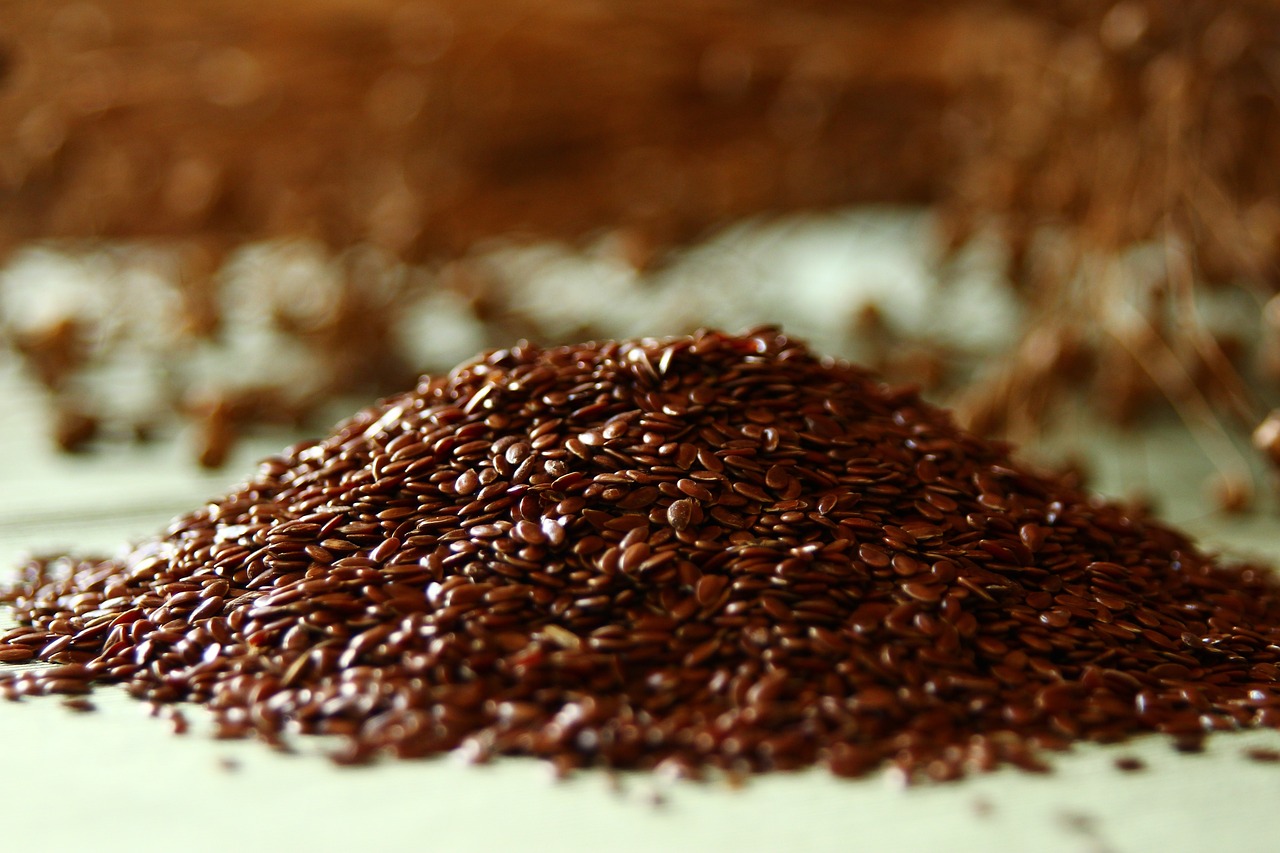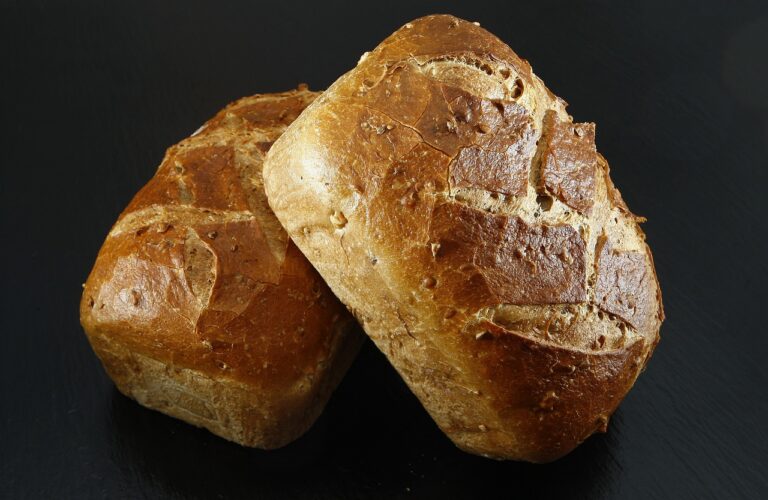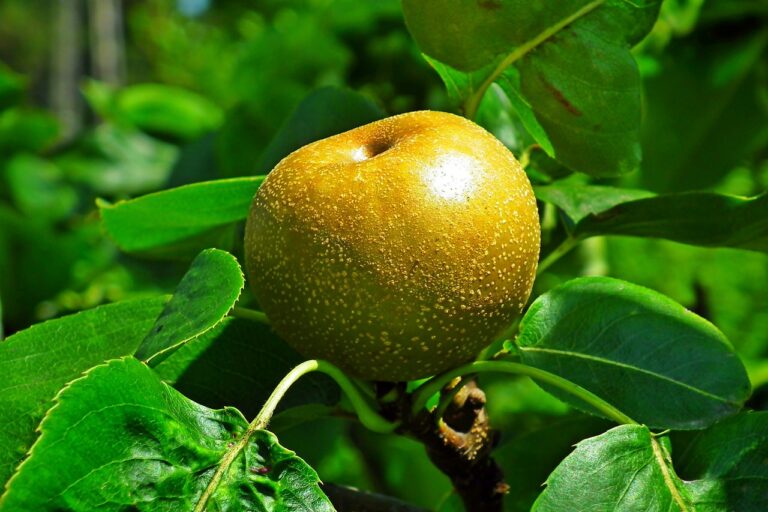Navigating Food Labels: Understanding Nutrition Facts and Daily Values
When it comes to serving sizes, it’s important to pay attention to the suggested amount listed on the nutrition label. The serving size reflects the standard portion that the nutritional information is based on, so consuming more or less would lead to different nutrient intakes. The portion sizes on packaging may vary among products, so always compare the serving size to the amount you actually consume to have an accurate understanding of your nutrient intake.
Learning to evaluate serving sizes can help you make informed decisions about your food choices. Familiarizing yourself with serving sizes for different food items can aid in managing portion control and meeting your dietary needs. By understanding serving sizes, you can better gauge how much you are consuming and maintain a balanced diet in alignment with your nutritional goals.
Decoding Ingredient Lists
When it comes to decoding ingredient lists on food packaging, it is important to remember that ingredients are listed in descending order by weight. This means that the first ingredient listed is the most abundant in the product, while the last ingredient is the least. Be wary of products that have sugar, hydrogenated oils, or artificial additives listed near the beginning of the ingredient list, as these ingredients may be present in significant amounts.
Additionally, familiarize yourself with different names for common ingredients. For example, sugar can go by many names such as high fructose corn syrup, agave nectar, or maltose. Being able to recognize these alternate names can help you better understand the composition of the product you are considering purchasing. Remember, knowledge is power when it comes to making informed decisions about the foods we consume.
Identifying Added Sugars
When trying to identify added sugars in food products, it’s important to look beyond just the word “sugar” on the ingredients list. Added sugars can come in various forms such as corn syrup, high fructose corn syrup, brown rice syrup, maltose, dextrose, and many others. Checking for these different names can help you pinpoint where sugars have been added to a product.
Another key tip for spotting added sugars is to pay attention to where they fall on the ingredients list. Ingredients are listed in descending order by weight, so if sugar or one of its many aliases is one of the first few ingredients, it’s likely that the product is high in added sugars. Keep an eye out for hidden sugars towards the top of the list, even if the word “sugar” itself isn’t prominently displayed.
Why is it important to identify added sugars in our food?
It is important to identify added sugars in our food because consuming too much added sugar can lead to health issues such as obesity, diabetes, and heart disease.
How can understanding serving sizes help in identifying added sugars?
Understanding serving sizes is important because added sugars are listed in grams on the nutrition label, so knowing the serving size can help you calculate how much added sugar you are consuming.
What should I look for when decoding ingredient lists for added sugars?
Look for ingredients such as sugar, corn syrup, high fructose corn syrup, honey, molasses, and other sweeteners that indicate the presence of added sugars in the food.
How can I effectively identify added sugars in packaged foods?
To effectively identify added sugars in packaged foods, look for words such as “sugar-free,” “no added sugar,” and “un-sweetened” on the label. Additionally, check the nutrition label for total sugar content and scan the ingredient list for any hidden sugars.
Are all sugars listed on the nutrition label considered added sugars?
No, not all sugars listed on the nutrition label are considered added sugars. Some foods, like fruits and dairy products, contain naturally occurring sugars that are not considered added sugars.







